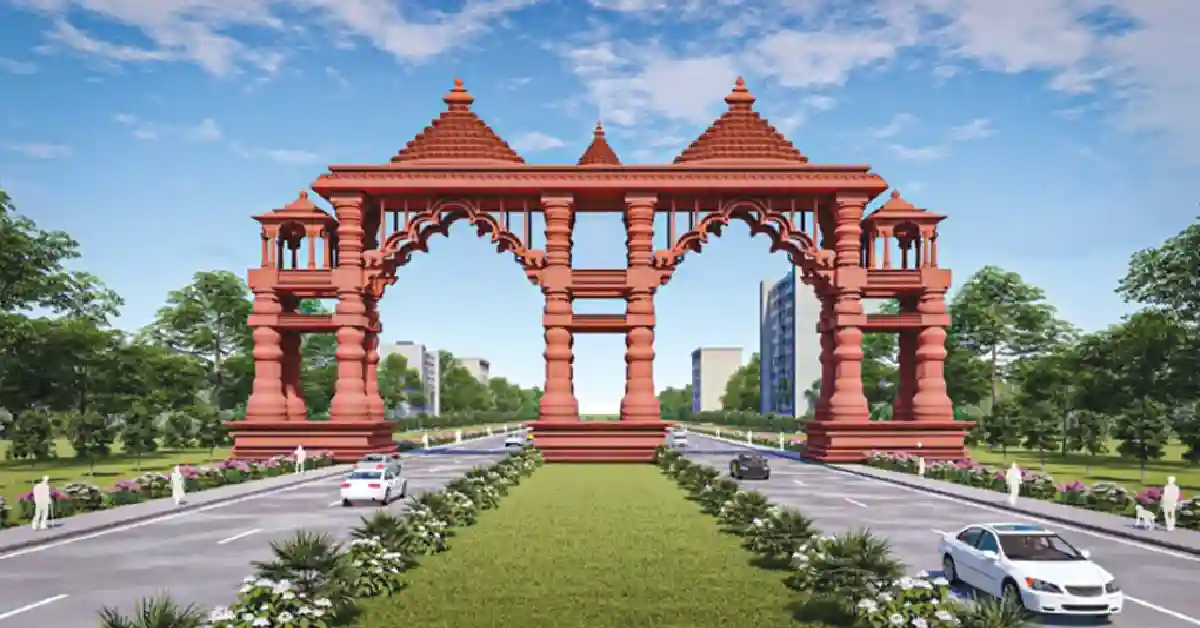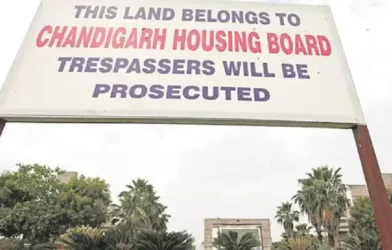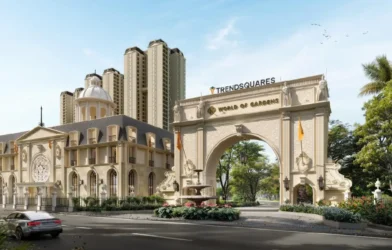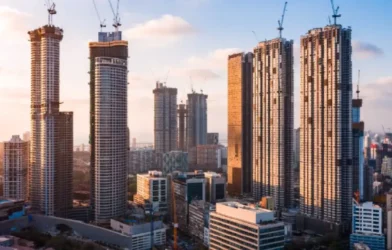Subtotal ₹0.00
Uttar Pradesh Chief Minister Yogi Adityanath has called for Ayodhya’s transformation into a global spiritual capital that seamlessly blends grandeur, faith, and modernity, as he reviewed proposals for the Ayodhya Master Plan 2031. Under the broader Ayodhya Vision 2047, the city will be developed as a smart, green, and solar-powered hub with world-class infrastructure, heritage circuits, and sustainable urban planning—positioning Ayodhya as a model for spiritual, cultural, and economic growth.
“The Master Plan envisions establishing Ayodhya as the spiritual capital of the world,” he said.
According to a PTI report, Adityanath directed officials that the city’s cultural heritage, religious sanctity and environmental balance should be accorded top priority in all development works, according to a statement.
Discussing the Master Plan with departmental officers, the chief minister said that under the Ayodhya Vision 2047, the city will be showcased as a global spiritual hub, a city of knowledge and festivals, and a green, solar-powered city equipped with modern urban amenities. It will feature pilgrim-friendly infrastructure, diversified tourism, historical circuits and heritage walks.
To ensure balanced land use, the Ayodhya Development Area has been divided into 18 zones, officials said.
Based on a projected population of 23.94 lakh, the land-use allocation includes 52.56 per cent for residential, 5.11 per cent for commercial, 4.65 per cent for industrial, 10.28 per cent for public use, 12.20 per cent for transport and 14.31 per cent for green and open spaces, they said.
At the review meeting, the chief minister asked officials to increase the share of mixed-use and industrial land, and to reserve land for various activities along the Panchkosi and Chaudah Kosi Parikrama Marg.
The attendees were informed that Ayodhya’s population, currently about 1.1 million, is expected to reach 2.4 million by 2031 and 3.5 million by 2047.
Keeping this in mind, the Master Plan includes the development of new residential townships, a grand entrance gate, multi-level parking, the Chaurasi Kosi Parikrama Marg, a greenfield expressway, a ring road, an airport, a temple museum, a solar power plant, hotels and other modern civic amenities.
“These initiatives will make Ayodhya smart, safe and self-reliant,” Adityanath said.
The attendees were also informed that 159 projects worth Rs 8,594 crore have been approved in the Ayodhya Development Area. The chief minister said these projects will create employment opportunities for local youth and boost the regional economy.
Highlighting the city’s strong road, rail and air connectivity, the chief minister said that modernisation of transport and hospitality infrastructure will offer world-class facilities to pilgrims and tourists.
He instructed officials to develop parking facilities, including bus and truck terminals, on routes leading to Lucknow, Prayagraj, Gonda and Ambedkar Nagar. He also directed them to reserve land for sewage treatment and solid waste management, encouraging innovations and indigenous models in these areas.
Adityanath stressed that Ayodhya’s development should stand as a model not only for religious tourism but also for economic, cultural and social advancement.
He directed that every project must ensure environmental sustainability, with strict measures to protect the Saryu riverbanks and green belts.
Describing Ayodhya as a symbol of India’s soul, the chief minister said it should be developed as a confluence of faith, beauty and prosperity for generations to come.
He also cautioned that amid rapid development, instances of unplanned plotting and settlements have emerged, which must be strictly curbed. All future development, he said, must conform to the Master Plan and regulatory framework.














